
11 minute read
PlastPackDefence - Introduction to the Lightweight ammunition Case
INTRODUCTION TO THE LIGHTWEIGHT AMMUNITION CASE
It is not often that a very old (nearly a century) design of a military item can be refreshed resulting in major operational and environmental benefits to the whole of defence (and many civilian fields).
Advertisement
Yet that is the case with what turns out to be a ground breaking advance from PlastPackDefence (PPD), a small Danish company that has completely rethought the concept of ammunition boxes.
PPD has developed a sustainable and re-useable ammunition package solution Lightweight Ammunition Case (LWAC) - that hugely increases combat power on operations – as a force multiplier and achieves Defence environmental targets for Net Zero 30 or 50.
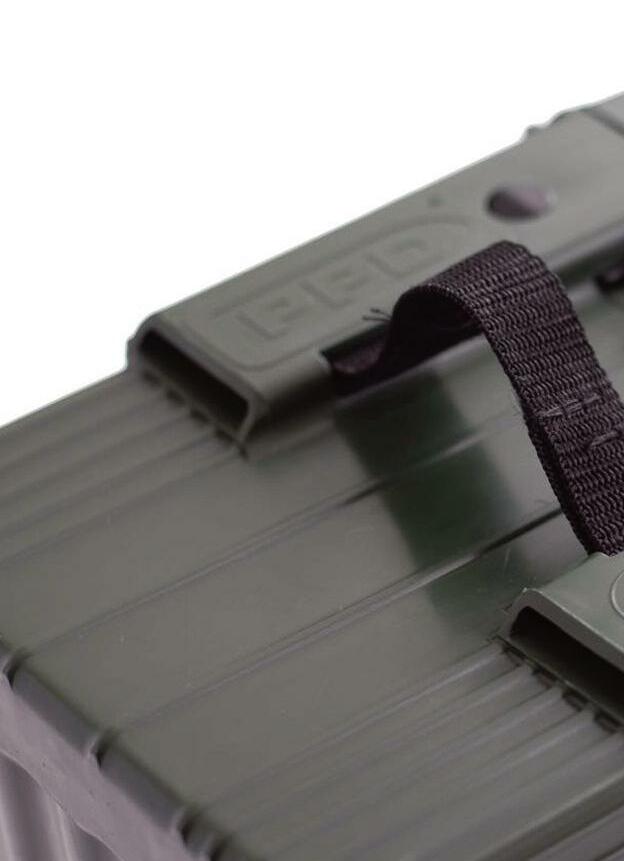
LWAC has been called “the biggest ground breaking advance in military logistics since motor transport” . PPD will be exhibiting LWAC on stand DC 711 in Hall 5A at Eurosatory. This is a major accolade for a small company. Like most great ideas the reason for the change is simple: change the material from which ammunition boxes are made from steel, to plastic. The reality is more complex. PPD was set up by a group of people with decades of experience in the defence and packaging industries who were determined to bring civil best practice and state of the art technology to solve the problems caused by nearly a century of resistance to change and embedded technology in military packaging.
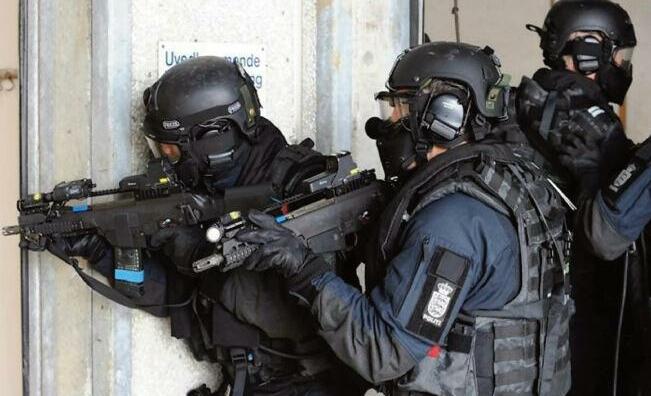
Testing Up to UN and Military Standards
Once PPD had the design and industrial strategies lined up and units could be manufactured, testing and customer engagement became the biggest priorities. The two are part and parcel of the same thing. One of the biggest issues was sorting out what exactly was intended and meant when the test specifications were written nearly a century ago. This had to be resolved. Many of the tests were being carried out because “we have always done that” and “we have always done it this way” . No one had an answer to the simple question “but why?” . Some of the tests, the burn and drop and topple tests from various heights and angles and at different temperatures for example, were relatively easy to understand but some of the pressure resistance or containment tests were essentially dark arts which had been practiced for a long time and neither the testers nor the safety authorities could explain why. Rationalising these disparities and bringing the test methods up to date to everyone’s’ satisfaction was a test in itself. The units were heated, burnt, frozen, bashed, smashed, over pressured, under pressured, squeezed, attacked by corrosives and assaulted by fragments and projectiles and suffered a good

many other indignities all of which were passed or overcome. In the course of the tests a number of unexpected results were identified, all beneficial, but with no way of recording the benefits. All parties are working out how to recognise these and award credit for them.
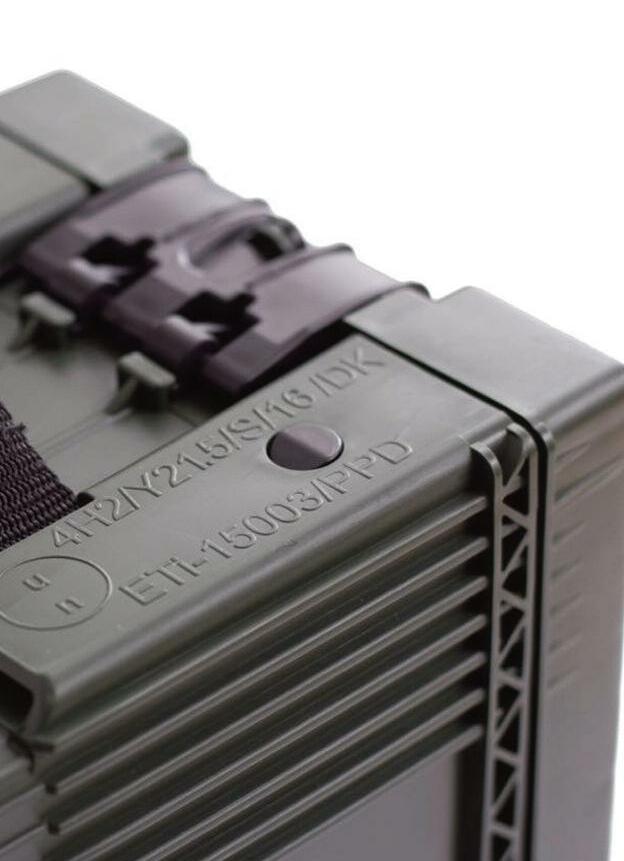
Training
The first benefit to emerge was what a fantastic aid to training the LWAC is. First the ability to colour code the LWAC means that training ammunition is easily recognised, can be stacked separately and with the use of RFID expenditure can be easily traced and accounted for rapidly at start and finish of work. This brings noticeably greater efficiency to training and to store keeping. An LWAC case story is the Danish Police Academy (DPA), www.politi.dk/politiskolen achieving some of these improvements. DPA uses a wide choice of box colors and RFIDtags to secure `track and trace ` and the easy handling of the boxes for re-packaging . All of which leads to savings in time, flexibility and operating speed. LWAC- has brought peace of mind, for instructors and students alike, with logistic, operational and tactical improvements. The DPA forms the starting point for developing and maintaining the National Police training and competence development. The education in handling firearms and shooting forms a ` common thread` in all other training aspects of the school including a positive understanding of overall safety issues. The LWAC box system plays a significant part in reinforcing good behaviors towards ammunition storage and handling. These better practices funnel down towards the students’ future duties at the local police stations after graduation.
The LWAC box achieves several essential improvements at the DPA:
• Better overview of the ammunition (live, blank, color, natures etc.) and items in stock • Logistical standardization and traceability of ammunition packaging and handling, from depot, transport, usage at the ranges (live, simulation etc.)- and back again • Mix-loading and transportation of the LWAC boxes with different items related to the exercise, e.g. ammunition, sights, pistol bases, magazines etc. - and doing so legally
Logistic Packaging of Insensitive Munitions
The issue of insensitive munitions is an intriguing one. The subject in UK is covered by Joint Service Publication (JSP) 520 Part 2: Volume 11 (issue 4.2). Each country has its own version and they are all heavily influenced by UN and NATO requirements. In testing to meet some of the IM requirements specifically the fire and explosion hazards testers and PPD staff noticed a significant benefit from using LWAC rather than steel cases such as M2A1 (M83 in UK). This involves a significant reduction in flying debris and fragments which apart from being hazards in their own right also cause collateral and sympathetic damage. Essentially two mechanisms were observed the first seem to be that as cases of ammunition heat up the propellant in the ammunition starts to “off gas” . It is contained within the steel box until it forces the box to disintegrate throwing loose
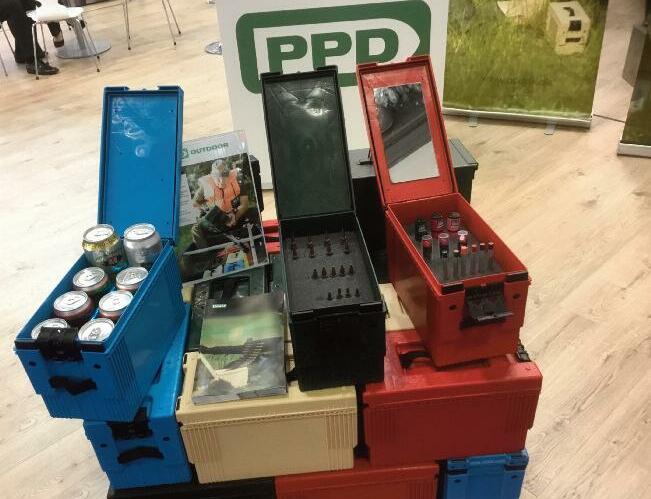
ammunition, fragments and detritus in all directions much of which will damage people, infrastructure and adjacent boxes. In the other “off gas” from the propellant itself explodes literally as a bomb contained by the steel container, with the same effect as before with the addition of the box lid being forced off as a large and heavy projectile which will have lethal consequences, the explosion also setting off sympathetic events.
Being plastic LWAC melts, the rounds of ammunition fall to the floor and at worst “cook off” in the same way as do those not violently projected away from steel boxes. The collateral damage and injury risk being much reduced as a result
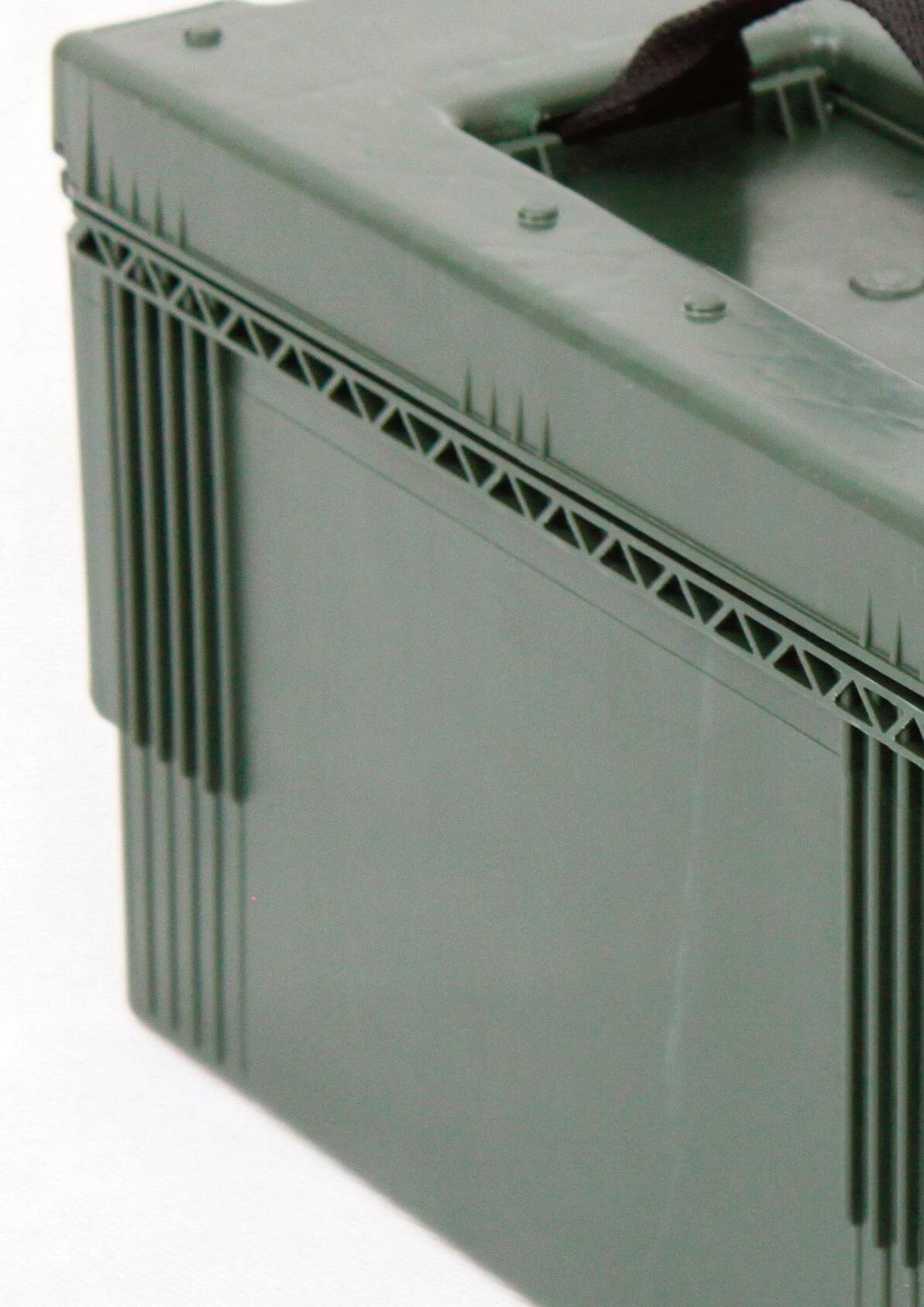
The cushioning that results from using plastic means a number of sensitive components and ammunition items can be transported in a LWAC – legally and in ways that are not possible with other containers.
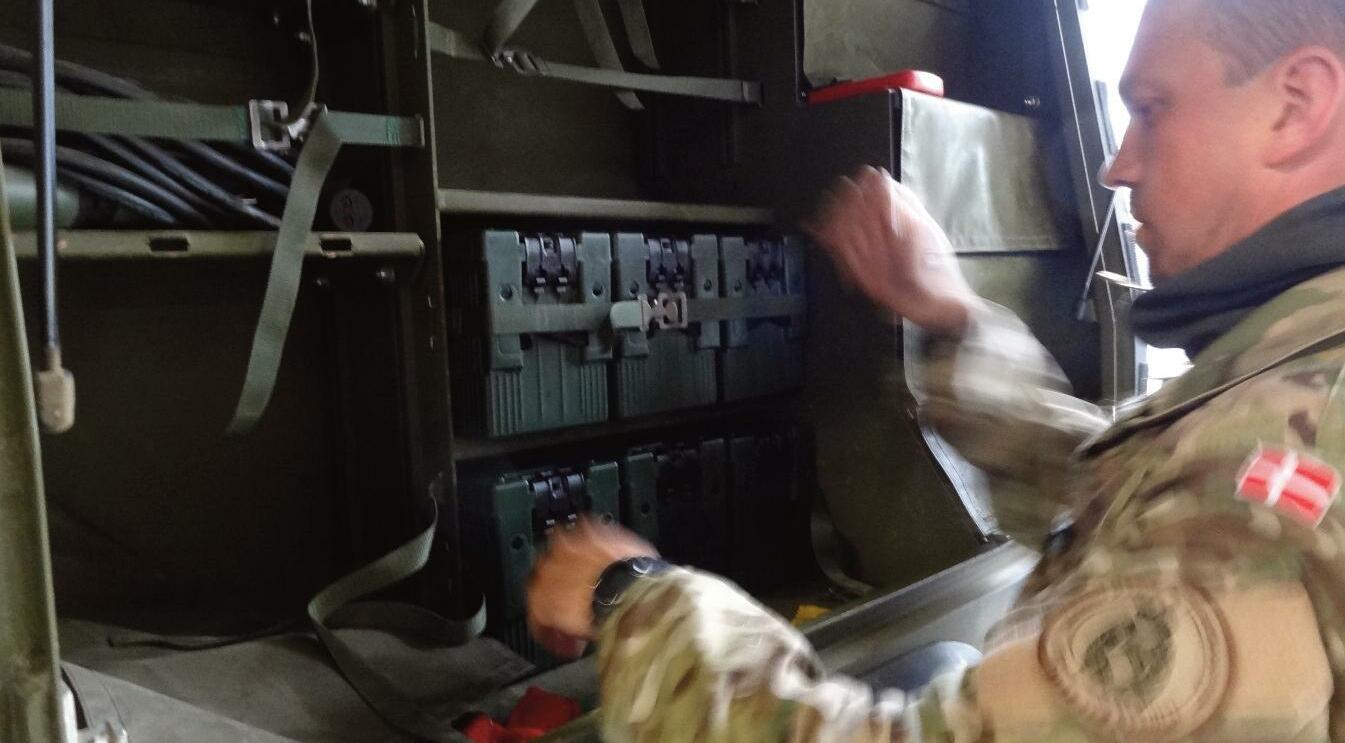

ppddk.dk
Green Defence
The driving force behind much of the redesign and adoption of LWAC was to bring military packaging into line with civilian trends to reduce the environmental impact of military packaging. It is important to stress that this is not just the materials and components of the packaging itself but the effect of reducing the environmental impact through the whole supply network. In Denmark this is referred to as Green Defence.
The biggest change is a reduction in weight. Each fully packed LWAC is 2kg less weight than its steel equivalent, a 68% weight reduction.
That quickly racks up a whole range of benefits. Less logistic transport, each 6t truck will be able to carry 10% more ammunition. Each helicopter will fly further or longer or carry more ammunition. For example for the PIRANHA (armoured infantry vehicle) it’s an additional 10 more cases of .50cal ammunition or 450 km range.
The same is true of long haul resupply. The Danish MoD has calculated that in 2010 switching to LWAC would have saved €1.14M in fuel alone for C130s. Other savings on logistic vehicles and the like were not calculated but the US DoD has shown that there are significant savings in lives and costs by reducing the number of vehicles in convoys by switching to LWAC. All this does not include the wear and tear on platforms, operational or logistic, soldier working time or alternatively increasing the fighting capability in other ways.
Increasingly a consideration in this litigation savvy world it means people carry less weight and lift lighter loads. Less injuries result in less soldiers out of the order of battle, an improvement in combat capability, and less litigation payment, less of a drain on the defence budget.
To some it may seem trivial but there are other benefits of LWAC. It is ideal for carrying stores, rations and dry clothes and keeping them dry in harsh environments. Except when really heavily loaded it floats keeping them dry and recoverable during a river crossing or amphibious landing. The Danish Army uses it to store coffee and ration sets for deployment in harsh terrain.
Stretching further into the defence budget, it means less barracks or more soldiers or more fighting troops, less emissions producing more population friendly defence forces, less tyre scrub-a major cause of pollution and cost, fewer maintenance troops and so on. LWAC and other patented developments truly are ground breaking products producing more capability for less pollution and bringing this neglected area of defence into the modern age
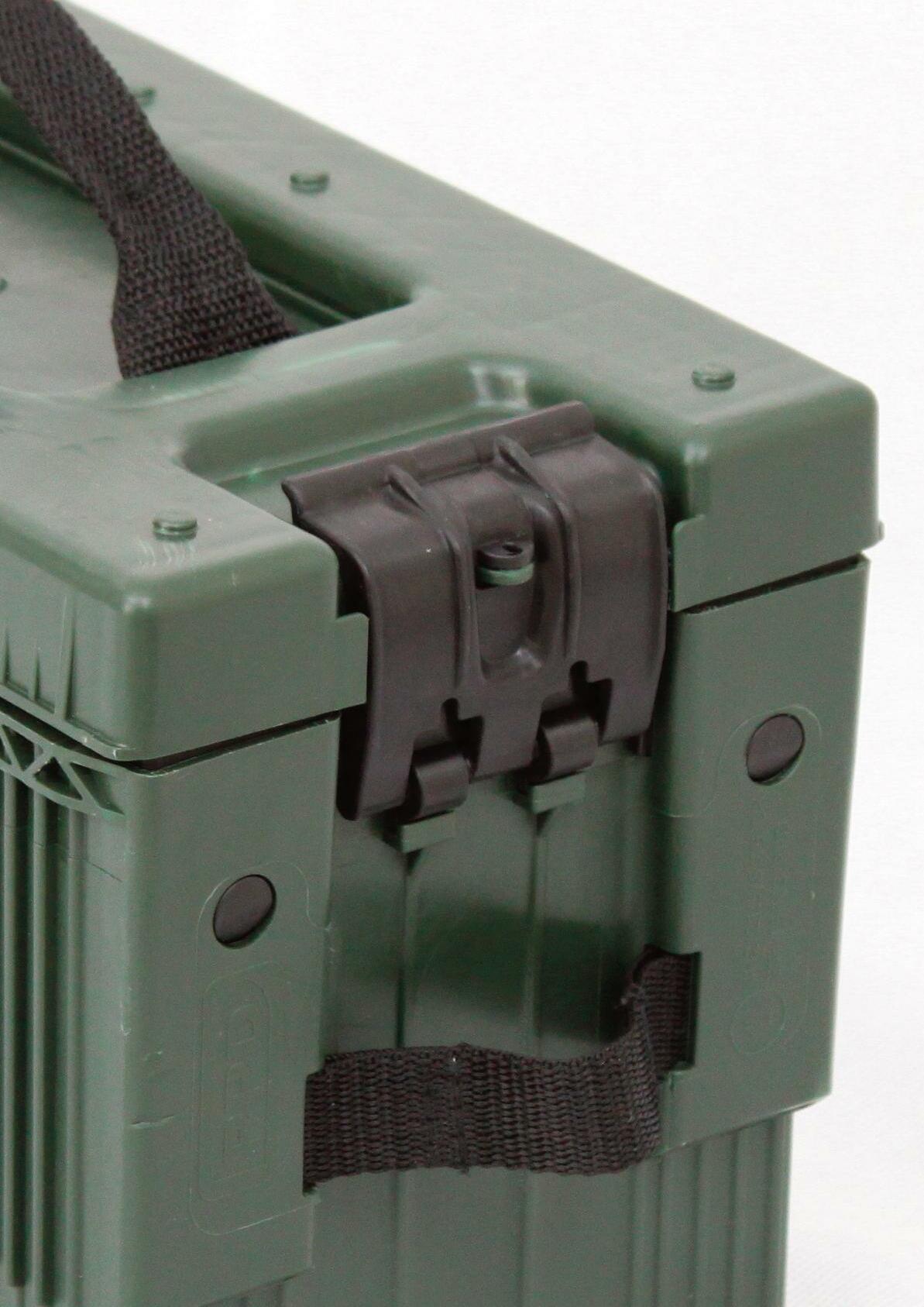
Future Prospects
LWAC is the first container produced. Work is underway on the PA120 in cooperation with Rheinmetall Waffe and Munitions for the 40 mm grenade carrier and work is being started up with partners, on a range of small and medium calibre munition cases.
If you are involved in weapons design, where ammunition needs to be transported and stored - or a platform manufacturer producing platforms and ammunition, come and visit PPD in Hall 5A stand no DC 711.
Known as the world’s best protective cases, NANUK introduces two new models into its Configurable Series:
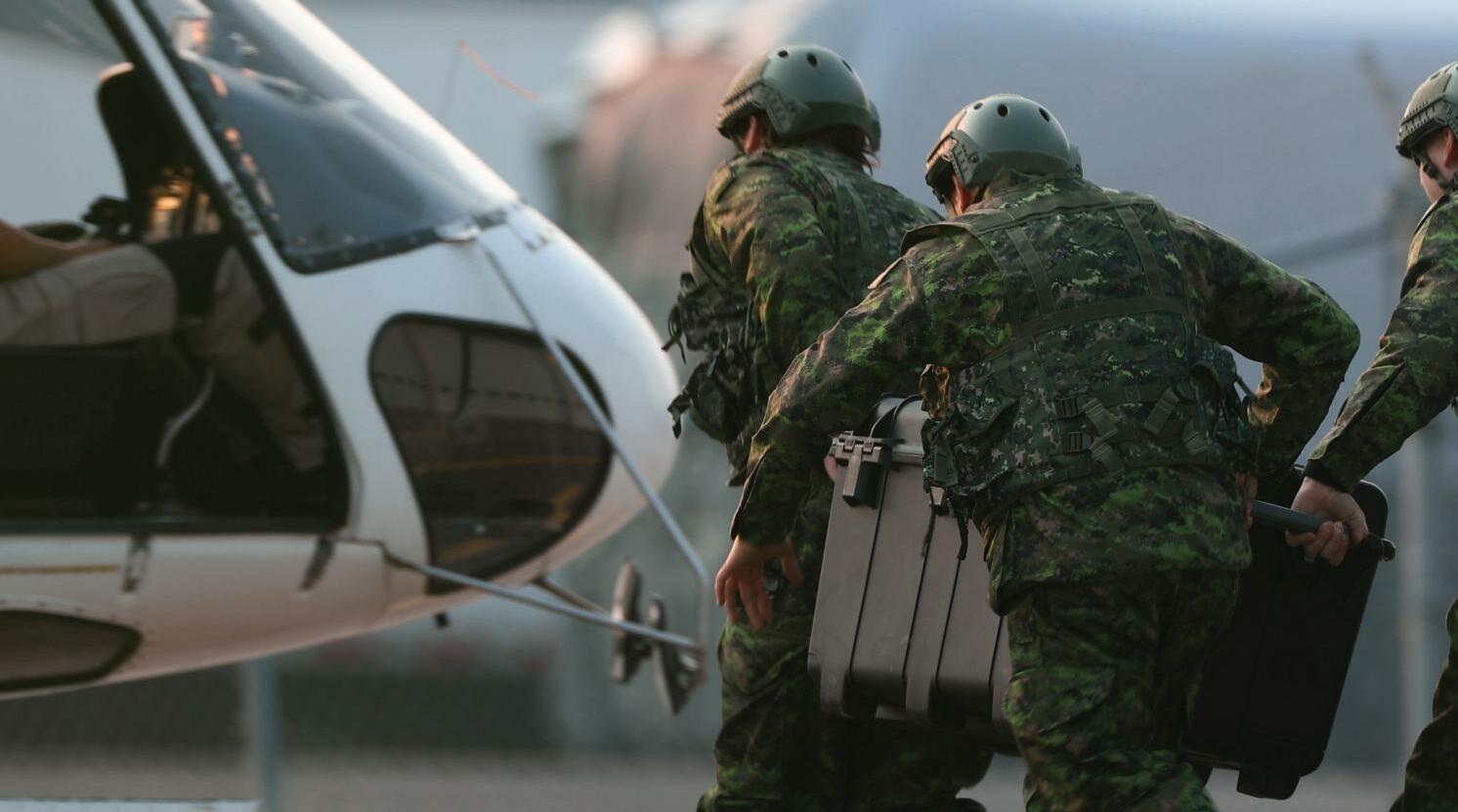
NANUK protects mission critical equipment so military personnel can successfully carry out their mission. NANUK indestructible cases keep weapons and gear secure and safeguard sensitive instruments from the repeated blows, drops, and shocks that happen in the field. Made from crushproof NK-7 resin certified to withstand extreme impact and continuous vibration, each case is built to bear the brunt of combat vehicle rides and rescue stretcher falls, ensuring sensitive contents work when failure isn’t an option. NANUK waterproof, protective cases are proudly made in Canada!

Built on the premise that its waterproof protective cases are nearly indestructible and mobility needs can change over their long use life, NANUK create its Configurable Series.
4 Possible Configurations:
975 Full-featured with two-stage retractable handle and four (4) strong polyurethane wheels with stainless steel ball bearings.
975W Four (4) strong polyurethane wheels, retractable handle removed using a team-carry handle as a pull handle.
975T With capped corners. Wheels and two-stage retractable handle can be added for future needs.
975M Molded corners, lightweight and features team carry handles. Special order only.
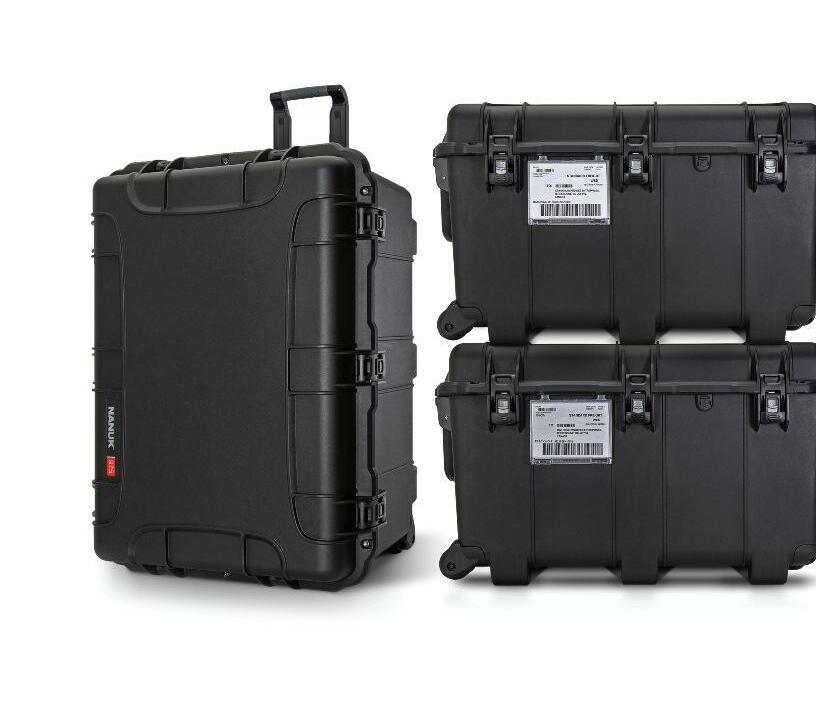
Interior Dimensions: L762mm x W533mm x H457mm L30” x W21” x H18”
ABOUT CARGOSTORE WORLDWIDE

Cargostore Worldwide is the UK’ s leading supplier of ISO shipping containers for domestic and international projects. With offices in London, Abu Dhabi, Holland and depots across the globe we provide a seamless and fast service with the flexibility to meet any client requirement.

Our Intermodal Division supplies ISO certified storage and shipping containers for hire or sale and can offer bespoke container conversions and specialised equipment. We supply projects in mining, stability & aid, community development, large scale sporting events, general logistics and B2B.
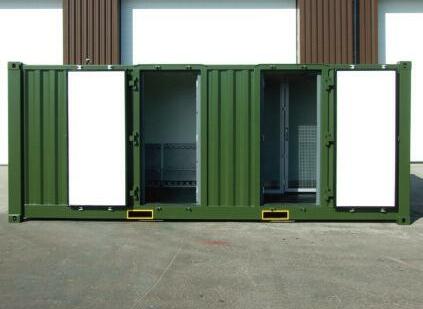
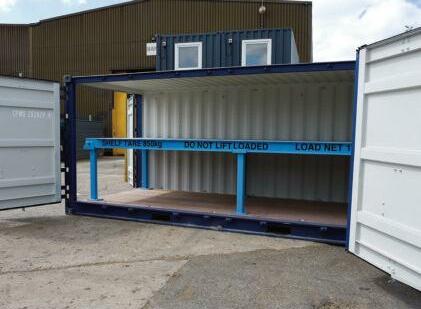
Secure Storage Container The TwinDeck Bi / Tri / QuadCon Units
Internal/ External doors, visual/ audible alarm, adjustable security cages, emergency lighting with keypad security system. Available in 10ft and 20ft sizes. Full side access container with addidional mid-deck for double floor space. Divide contents easily with less stacking as well as the benefit of easy access from the side-door. Each set of units join to form a TEU (Twenty Foot Equivalent), which can be separated and moved on location. Available in two, three or four compartment options.
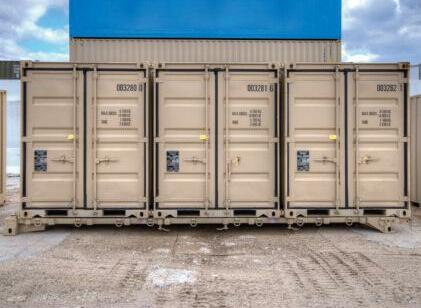
Refrigerated Container Specialist
A Reefer or Refrigerated Container is a flexible and convenient solution for storing food and other perishable goods at a regulated temperature.
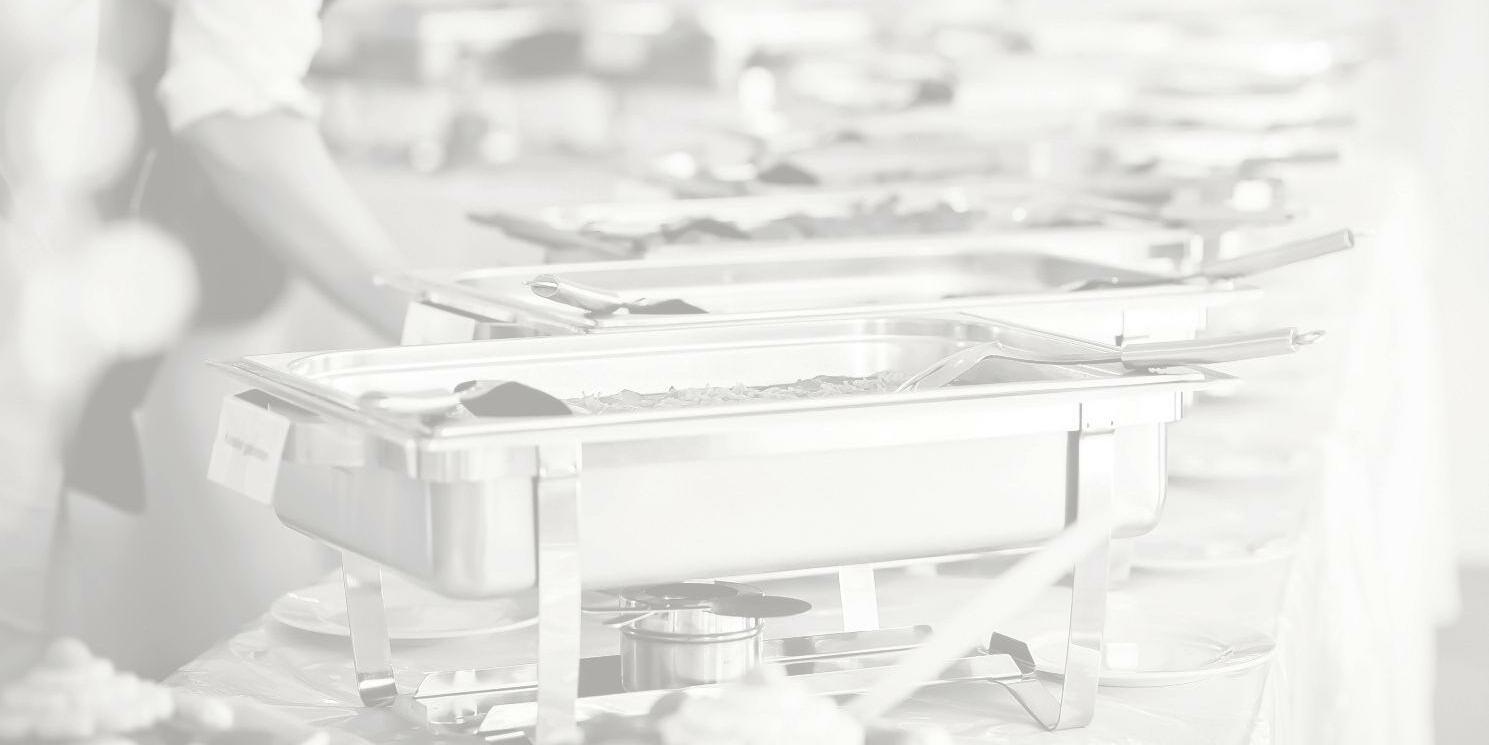
Reefer Containers can be used off-grid; powered by one of our Clip-On Generators, powered by our Containerised Smart Energy Systems for energy efficient large scale installations, or can be directly connected to the grid.
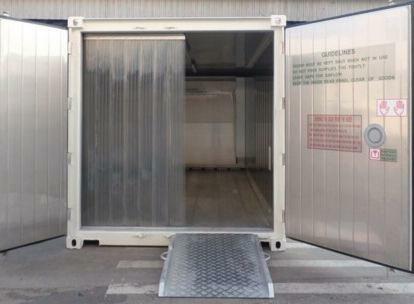
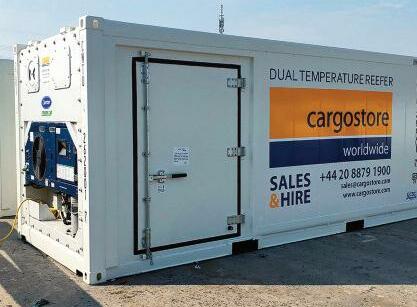
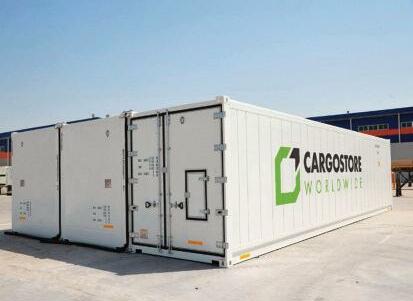
Event Reefer Container
With additional features designed for safety including; internal recessed lighting, chequer plate flat flooring, internal release safety door and aluminium ramp. 20ft and 40ft Cargostore is an experienced provider of containerised solutions to Stability & Aid projects globally, with the ability to provide refrigerated, bespoke and specialised container types to remote locations worldwide. Contact me for a quote or for more information.
Dual Temperature Reefer
With a freezer and chiller section running simultaneously. Movable partition wall and sidedoor for access to both sections. Available in 20ft and 40ft.
The BlizzardStore
Containerised expandable and modular large scale refrigeration unit. Can be upsized and downsized. Cost effective and faster alternative to a permanent cold storage solution.
- Kevin Cudby Intermodal Director










